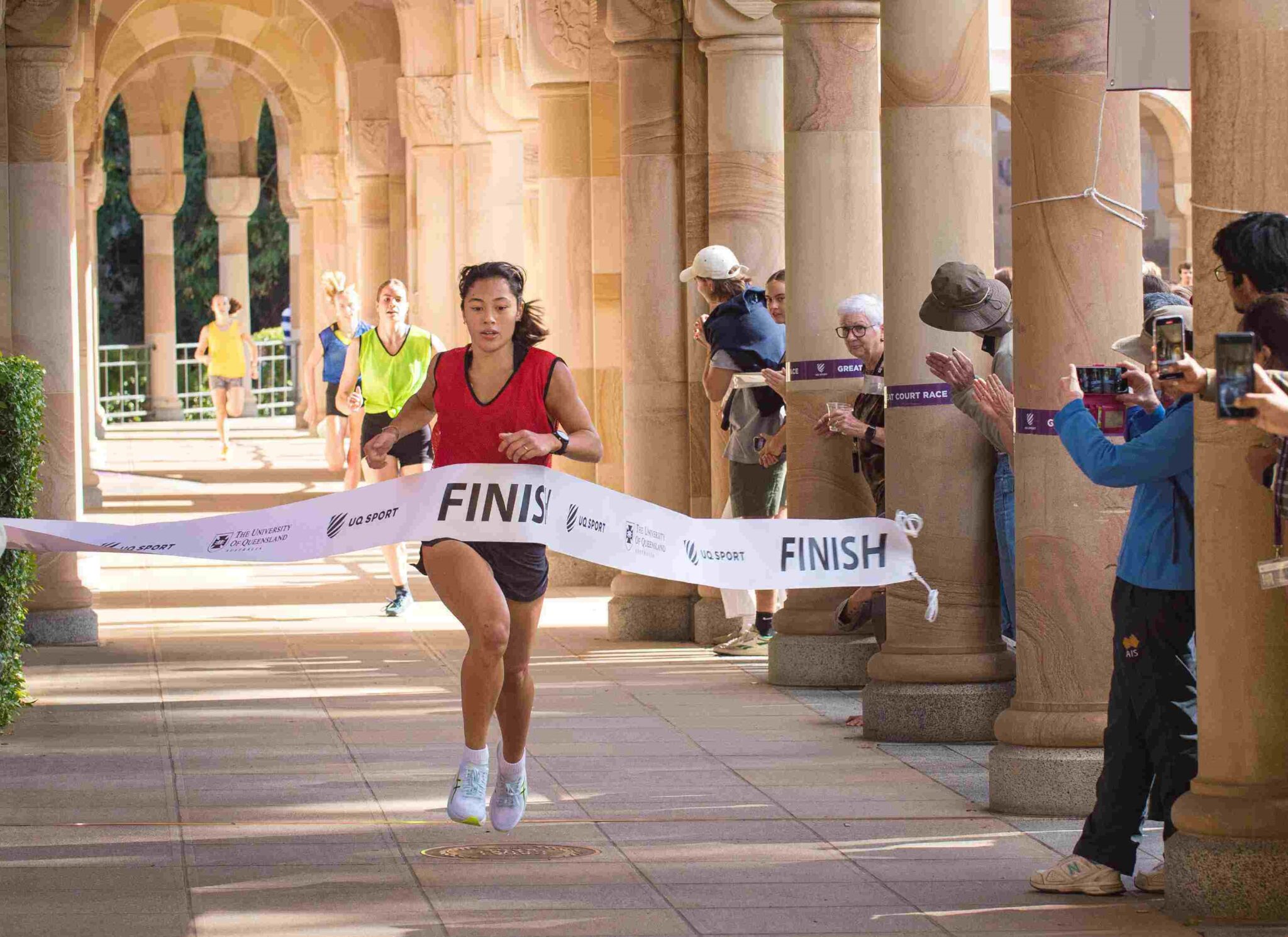Why you’re (probably) warming up wrong and what to do instead
Ever see soccer players swinging their legs to and fro before the match kicks off? Or seen cricketers swing their arms like windmills?
Want to know why they do this?
It’s called dynamic stretching and it is hands down the most effective way to warm up before a workout.
I mean, if the athletes are doing it, it’s got to be good. What better way to prepare yourself for moving, than to well… move! Right?
So let’s jump (that’s a full-body dynamic warm up btw) on that band wagon and delve into why dynamic stretching is the missing link to your warm-up routine.
WHAT IS DYNAMIC STRETCHING?
The key word here is ‘dynamic’.
Dynamic stretching is essentially an active warm up where you are moving as you stretch.
This is as opposed to static stretching which includes your standard 10-20 second quad stretch, tricep stretch, stretching your hammies, etc, etc.
Now, if you’re a fairly regular exerciser, I’m sure you’ve heard again and again how important it is to warm up and stretch before you workout.
But here’s where there’s been some kind of miscommunication because static stretching should only be done AFTER a workout. And it’s dynamic stretching BEFORE your workout that’ll give your workouts more oomph.
It makes total sense. Static stretching after a workout – once your muscles are warm and loose – is a great mobility-boosting technique to improve flexibility.
Try it for yourself. Attempt touching your toes after every workout sesh and watch as you get closer and closer. (Unless you can already touch your toes, or further. In which case, well done you flexible human being.)
WHY SHOULD I DO DYNAMIC STRETCHES BEFORE EXERCISING?
It’s dynamic stretching that preps your body for what you’re about to do. And it is highly effective.
In research published by The Scandinavian Journal of Medicine and Science in Sports, Croatian scientists compared 104 past studies on static stretching as an exclusive warm up to find that it actually reduces strength in the stretched muscles by up to 5.5 percent!
Needless to say they concluded that: “static stretching as the sole activity during a warm-up routine should generally be avoided.”
Yep, bit of an eye-opener.
On the other hand a study published in The Journal of Strength and Conditioning Research, found that dynamic stretching enhances muscular performance. The researchers looked at leg extension power and found that performance was significantly greater after dynamic stretching, compared to after no stretching and static stretching.
The takeaway: dynamic stretching is the way to go.
Specifically, you should aim to target the muscle groups you are about to use. For instance, walking lunges, air squats or even jumping squats for the more advanced, will all warm up the lower body. Something worth trying out before your next weighted squat session.
Other benefits of dynamic stretching include:
- Boosted blood flow to the working areas of the body.
- Improved body awareness by calling on your balance and coordination skills in your warm up.
- Better range of motion during sport and exercise.
- Feeling less stiff and sore (we all know what the day-after penguin walk feels like).
- Increased heart rate so you’re ready for action.
Sold on dynamic stretching yet?
STATIC VS DYNAMIC STRETCHING: THE VERDICT
There’s no competition. Both are winners and both can help to improve your workouts.
Just remember: dynamic stretching for warming up and static stretching for cooling down.
So next time you warm up opt for something dynamic like leg swings (copy the soccer players), arm circles (catch the cricketers doing them) or other, more focused, dynamic stretches like those demo’ed by Elliot below.
See if you feel the difference…
DYNAMIC STRETCHING DEMOS
Now over to the UQ Sport Academy’s strength and conditioning coach, Elliot Jackson, for some dynamic stretching demos to help you build up your warm up repertoire:

